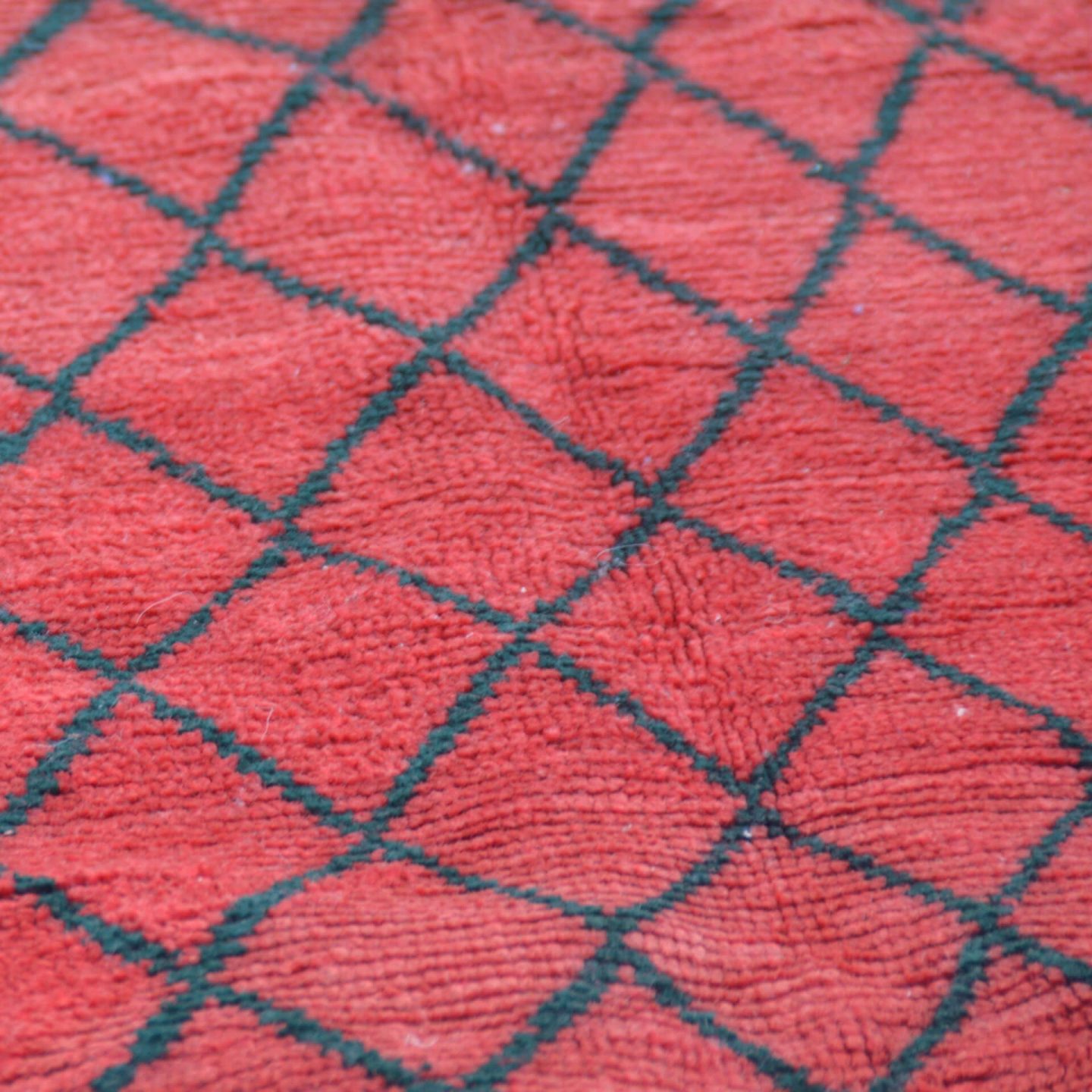
The obsession of Moroccan tribal rugs did not begin today. In the mid-20th century, popular designers such as Frank Lloyd Wright and Alvar Aalto used these rugs to modernize the earliest masterpiece interiors. With eco styles, global and bohemian increasing in popularity in the west, the Moroccan Berber rug has found its comfort zone, with vintage versions easily selling for even up to six figures.
Now more than ever it is difficult to discern an authentic made-for-home-use Berber rug from the fake ones that have been mass produced for export. The highest price tag for Moroccan wool rugs is usually put on rugs that were produced using the most economical means.
Moroccan tribal weavings were traditionally done by women and were basically for use in the house. Beautiful pile rugs were used as mattresses, blankets in the winter, seats and floor coverings. These rugs are filled with symbolism that greatly depicts the origin of the weaver since the women narrated their life story on the rugs.
There is a wide variety of Moroccan Berber rugs ranging from monochrome to graphically dense designs. Many of the rugs also feature natural muted tones and bright saturated colors. The type of rug depends on the tribe of its creator. Different Berber tribes made different carpet designs which were a reflection of their everyday needs.
Our Beni Ourain rugs are made by people who incorporate fragments of their lives in the designs. These designs usually express femininity and nature, fertility or birth. We have also seen some stories of personal beliefs or rural life emerging from the carpets.
The Beni Ourain Rugs
This is perhaps the most popular Moroccan Berber rug. This is made by the Ourain tribe, an important Berber tribe that hails from the Middle Atlas region. The rug is made using “live wool” which is basically shorn from sheep instead of from a dead sheep’s skin. Beni Ourain rugs are mainly characterized by their “shaggy” pile which makes them extremely warm and comfortable under the feet.
Source of Wool for Moroccan Berber Rugs
The wool that is the main component is the majority of Moroccan Berber rugs sourced from high-quality sheep that are reared under natural conditions. The Moroccan wool has a very close resemblance to silk except that its colors appear cloudier.
Moroccan wool rugs are rich in color, mostly the red, ivory and saffron. While some of the modern carpets use synthetic dyes, the traditional Berber carpets only use natural dyes.
Ancient weaving techniques
Rural Moroccan rugs were woven on simple looms which were either horizontal or vertical and laid on the ground. The looms were built in such a way that the women could dismantle them and carry them from one place to another. Most vintage Moroccan carpets are long and relatively narrow because looms used in weaving restricted the carpet width to about 2m which is an ideal width for a family to sleep on.
Although traditional Berber rug weaving is done on the basis of practical concerns to beautiful creations, there is also a strong emphasis on the durability of the carpets. You should, therefore, be skeptical of carpets that are dated as vintage, but don’t exhibit any signs of henna marks, candle wax or wear and damage.

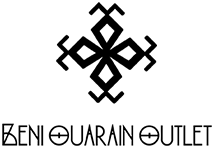

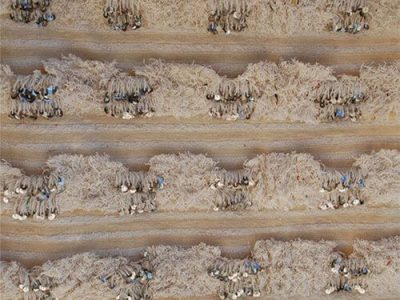
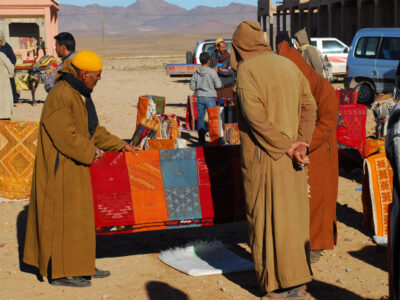
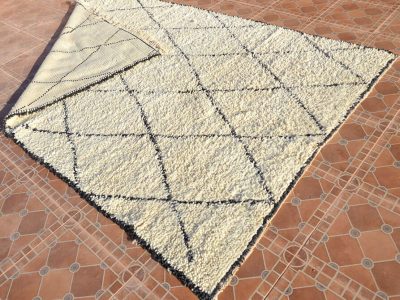
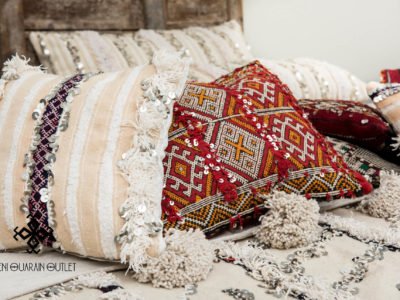
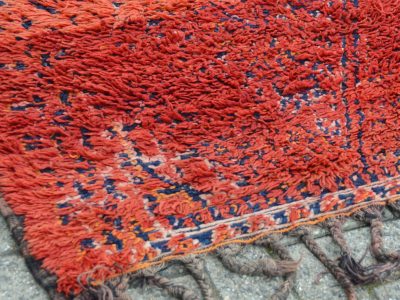
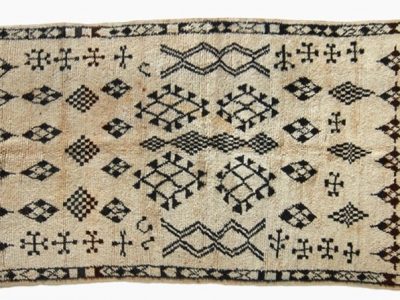
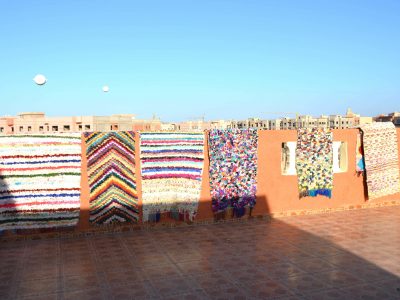
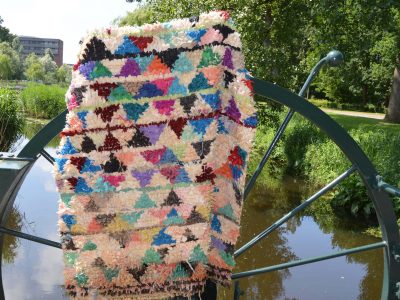
Recent Comments